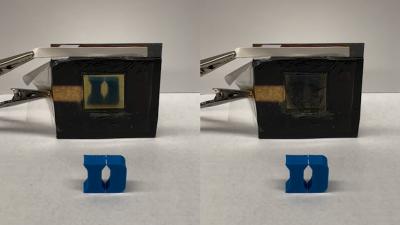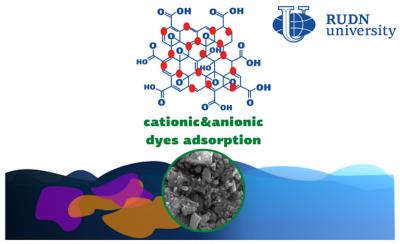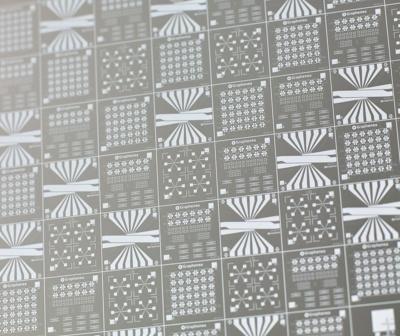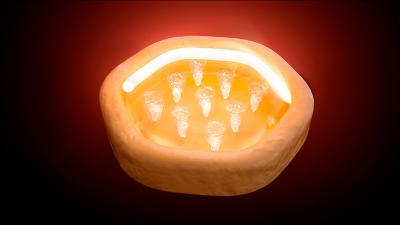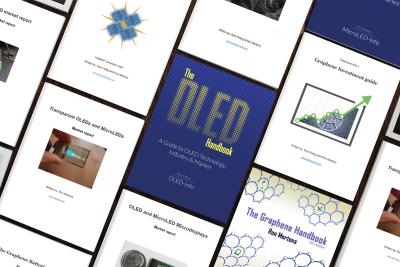Researchers use AI to develop efficient water desalination based on graphene nanopores
Researchers at Carnegie Mellon University have recently refined the water desalination process, with graphene nanopores obtained using artificial intelligence.
"The ions are so tiny, and if you want to remove them, you need to either boil, evaporate, and condense the water, or push it through membranes full of very tiny pores," explained Barati Farimani, an assistant professor of mechanical engineering at Carnegie Mellon University. The current desalination and separation process is very energy and time inefficient. To combat this, Barati Farimani and his team have used artificial intelligence (AI) agents to design an improved method in a week that would likely take decades. "Ideally," he explained, "the best membrane should be one atom thick, such as graphene, a single-layer sheet."


